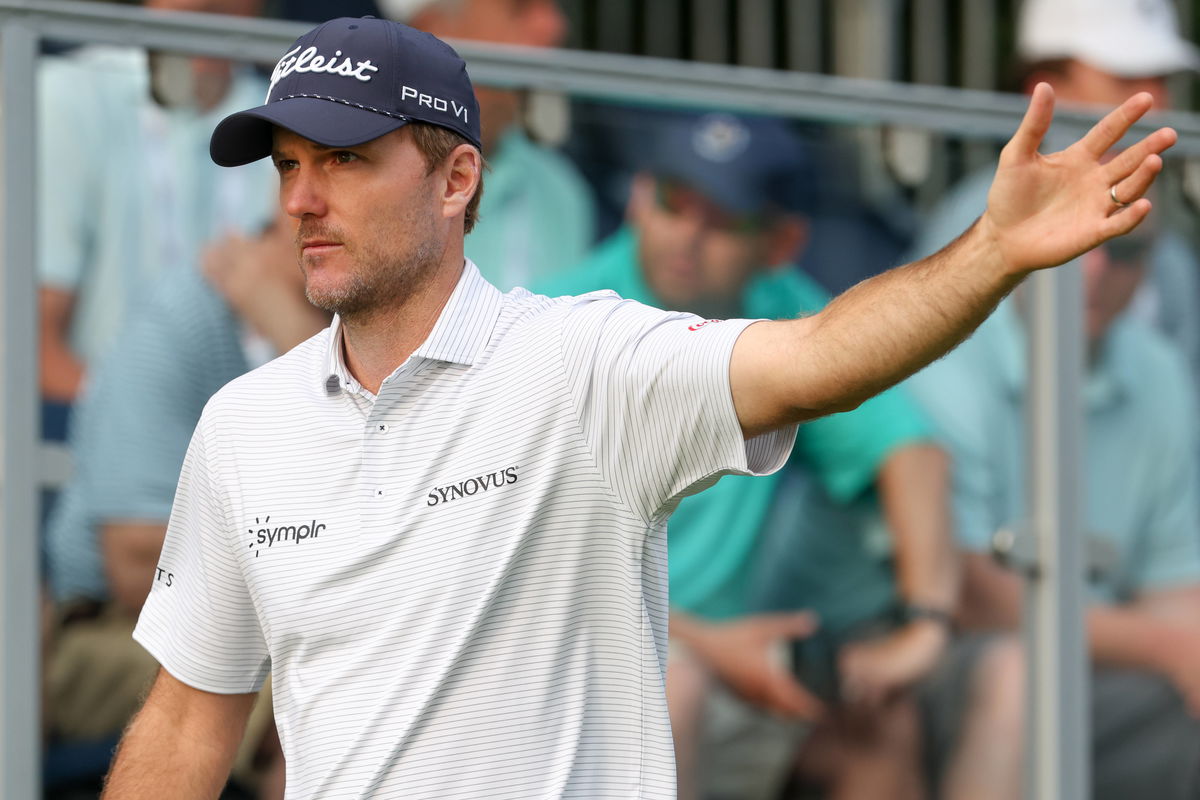
Imago
PGA, Golf Herren U.S. Open – Second Round Jun 13, 2025 Oakmont, Pennsylvania, USA Russell Henley reacts from the first tee during the second round of the U.S. Open golf tournament. Oakmont Pennsylvania USA, EDITORIAL USE ONLY PUBLICATIONxINxGERxSUIxAUTxONLY Copyright: xCharlesxLeClairex 20250613_hlf_al8_052

Imago
PGA, Golf Herren U.S. Open – Second Round Jun 13, 2025 Oakmont, Pennsylvania, USA Russell Henley reacts from the first tee during the second round of the U.S. Open golf tournament. Oakmont Pennsylvania USA, EDITORIAL USE ONLY PUBLICATIONxINxGERxSUIxAUTxONLY Copyright: xCharlesxLeClairex 20250613_hlf_al8_052
Most weekend golfers squeeze in 45 minutes of practice between work and family obligations, feeling pretty good about their commitment. But not pros! They take their drill seriously. Russell Henley spends four and a half hours perfecting his craft daily. The World No. 4 recently opened up about his intensive training regimen during an interview on the AJGAGolf YouTube channel with CBS Sports announcer Mark Immelman.
Watch What’s Trending Now!
When asked about his consistency routines, Henley didn’t hold back. “Total amount of practice solar practice day would probably be four and a half hours if I do everything, every part of the game,” he told Immelman. This revelation puts Henley’s dedication into perspective. While recreational golfers typically practice 2-3 sessions weekly for 45-60 minutes each, Tour professionals like Henley maintain a completely different standard. Research indicates that aspiring professionals need at least 1,728 hours annually to compete at elite levels.
Henley’s approach centers around what he calls “touching the bases.” He begins each session with 15 minutes on his putting mat. “I’m literally working on trying to make sure my setup is good,” he explained. The process targets specific technical flaws. “Typically, I have a little bit too much arc. So, I’ll work on having a little less arc.”
ADVERTISEMENT
Furthermore, Henley hits 25 focused putts during this opening segment. “I try to do it pretty much every day,” he emphasized. The putting work extends to 45 minutes total. “Every part of my game I have something similar to the putting where there’s some fundamental work and I have some performance work.”Extreme practice habits are neither new nor challenging for the pros. Tiger Woods’s regime reiterates the point.
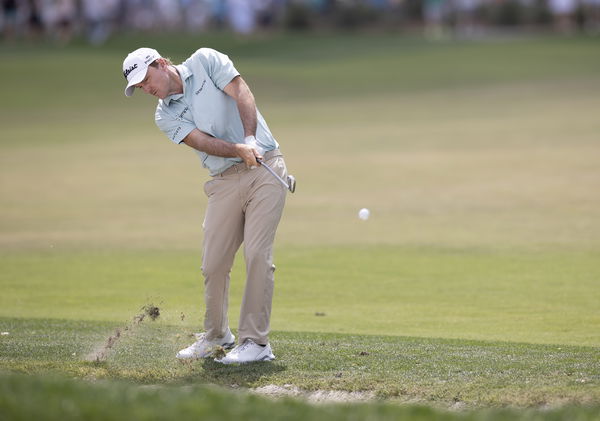
Getty
ORLANDO, FLORIDA – MARCH 09: Russell Henley hits the ball on 1st hole during the final round of the Arnold Palmer Invitational presented by Mastercard 2025 at Arnold Palmer Bay Hill Golf Course on March 9, 2025 in Orlando, Florida. (Photo by Michael Pimentel/ISI Photos/Getty Images)
Tiger Woods was far more inclined to practice than to play a round of golf. He averaged more than 10 hours per day on the practice range. “Why don’t you play the course more?” When asked, Tiger would say, “I like practicing better.” Tiger spent more than 500 hours practicing during the summer months before his freshman year, not including the hundreds of additional hours he spent participating in tournaments. Woods’s mantra was simple: “Practice, practice, practice.”
ADVERTISEMENT
The systematic approach reflects years of development. Henley’s journey from Georgia amateur to Ryder Cup rookie demonstrates how consistent dedication shapes elite performance. His recent Arnold Palmer Invitational victory validated this methodical preparation.
Top Stories
Pro Suffers Disqualification at PGA Tour Q-School After Several Players Withdrew Abruptly
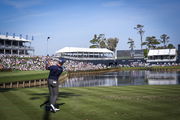
Support Pours In From Phil Mickelson as ASU Football Coach Chokes Back Tears in Public

Jason Day Opens Up About Going Through Traumatic Childhood Just to Play Golf: ‘It Was Tough’
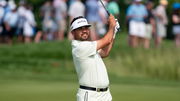
Tom Brady & Co. ‘Misunderstood’ Scottie Scheffler After He Picked Family Over Golf Career – Insider

Charley Hull Opens Up on Traumatic Divorce from Ex-Husband for the First Time Ever
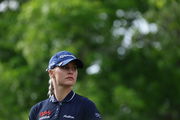
ADVERTISEMENT
Russell Henley’s Elite Practice Architecture
Professional golf practice differs dramatically from amateur approaches in both structure and intensity. Henley’s routine exemplifies how tour players organize their development time. Each practice component serves specific purposes.
The fundamental work addresses technical deficiencies. Henley identified his putting arc tendency and created targeted exercises. Professional players typically dedicate 60-70% of practice time to maintaining existing skills. The remaining portion focuses on improvement areas.
Performance drills simulate competitive pressure. Henley transitions from technical work to game-like scenarios. This progression mirrors how elite athletes across sports structure training sessions. The brain needs both mechanical repetition and decision-making challenges.
ADVERTISEMENT
Additionally, tournament preparation adds another layer. Henley described his caddie’s research process. “My caddy has done all this research on this golf course. We’ve talked about how we’re going to play the golf course.” The player-caddie communication becomes ritualized. “We’ve gotten so used to how we speak to each other.”
Mental preparation completes the package. Henley reveals his verbal swing thoughts. “I always say level uh level and get through it. And I actually say it out loud.” This consistent self-talk creates reliable performance triggers under pressure.
The comprehensive approach explains why Henley qualified automatically for his first Ryder Cup. Captain Keegan Bradley praised his competitive nature after witnessing his Presidents Cup performance. The USA team begins official practice at Bethpage Black on September 23rd.
ADVERTISEMENT
Henley’s 4.5-hour commitment demonstrates the dedication required at golf’s highest level. Amateur players might not need such intensity, but the principles translate. Systematic practice, technical focus, and performance simulation create improvement regardless of skill level.
The Ryder Cup will test whether Henley’s grueling preparation pays dividends on golf’s biggest stage. His methodical approach suggests he’ll be ready for the challenge.
ADVERTISEMENT
ADVERTISEMENT
ADVERTISEMENT

